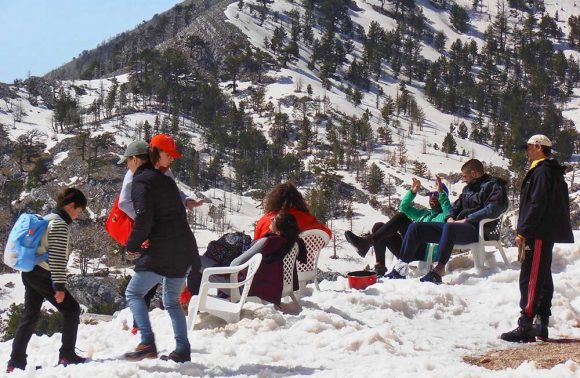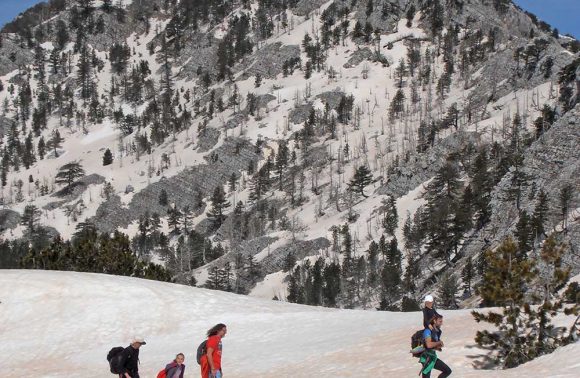Climate
Microclimate conditions on Orjen are very different, depending on the altitude, side of the mountain,distance from the sea and vegetation. Temperature drops by 0,60C For every 100m of altitude. Still, this occurrence is unstable, depending on the current meteorological conditions. For example, in spring when the sea is still cold, an inversion of temperature is possibleeven on a sunny day. Southern slopes are wormer and less humid, especially during fall and winter, when the Sun is low and the temperature difference can be upto 150. On the other hand, when the weather is cloudy and windy these differences are minimal. Absence of streamflow of surface waters causes existence of numerous big or small depressions, usually karstified valleys,where during the cold clear sky nights,cold air accumulates, causing the drastic differences in temperature between lower and uplifted areas, whereas the uplifted areas are much warmer. At the same time these depressions are places of intensive condensation,with dews and frost.
Thunders are very common on Orjen. Unlike the inland, here it isn’t unusual snow,ice and thunder combination.
The least chance for precipitation to happen is when Bora wind is blowing. Bora disperses clouds in a short period of time, especially those low, rainy clouds. At the same time Bora enables best visibility. Humidity level is very low, 15-45 percentage. Bora weather conditions are best for hiking as long as the wind is not too strong. Periods of great Bora intensity should be avoided, especially if hiking in the open ridges, or in the woods, as the strong wind could break even the big tree branches.



